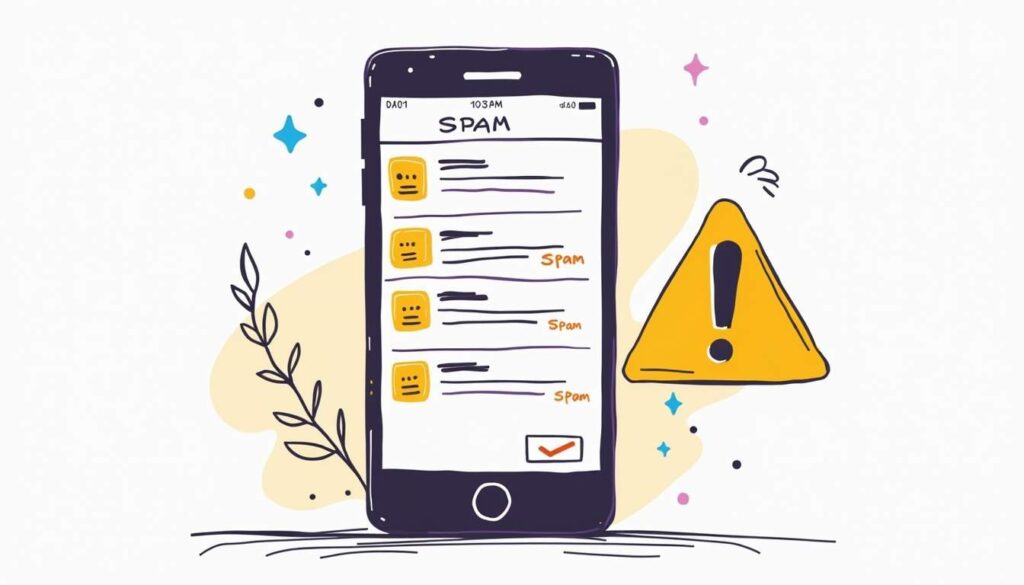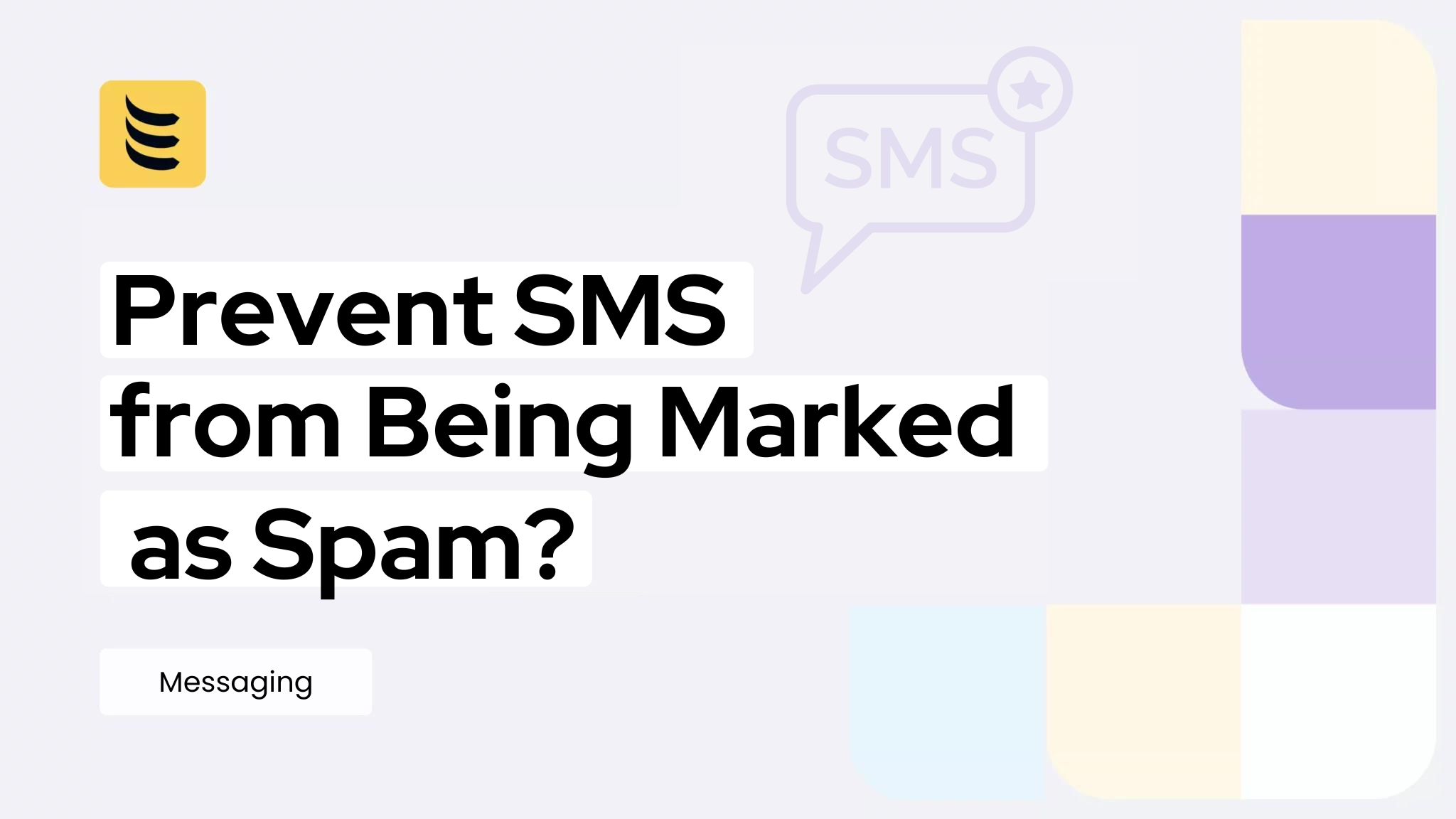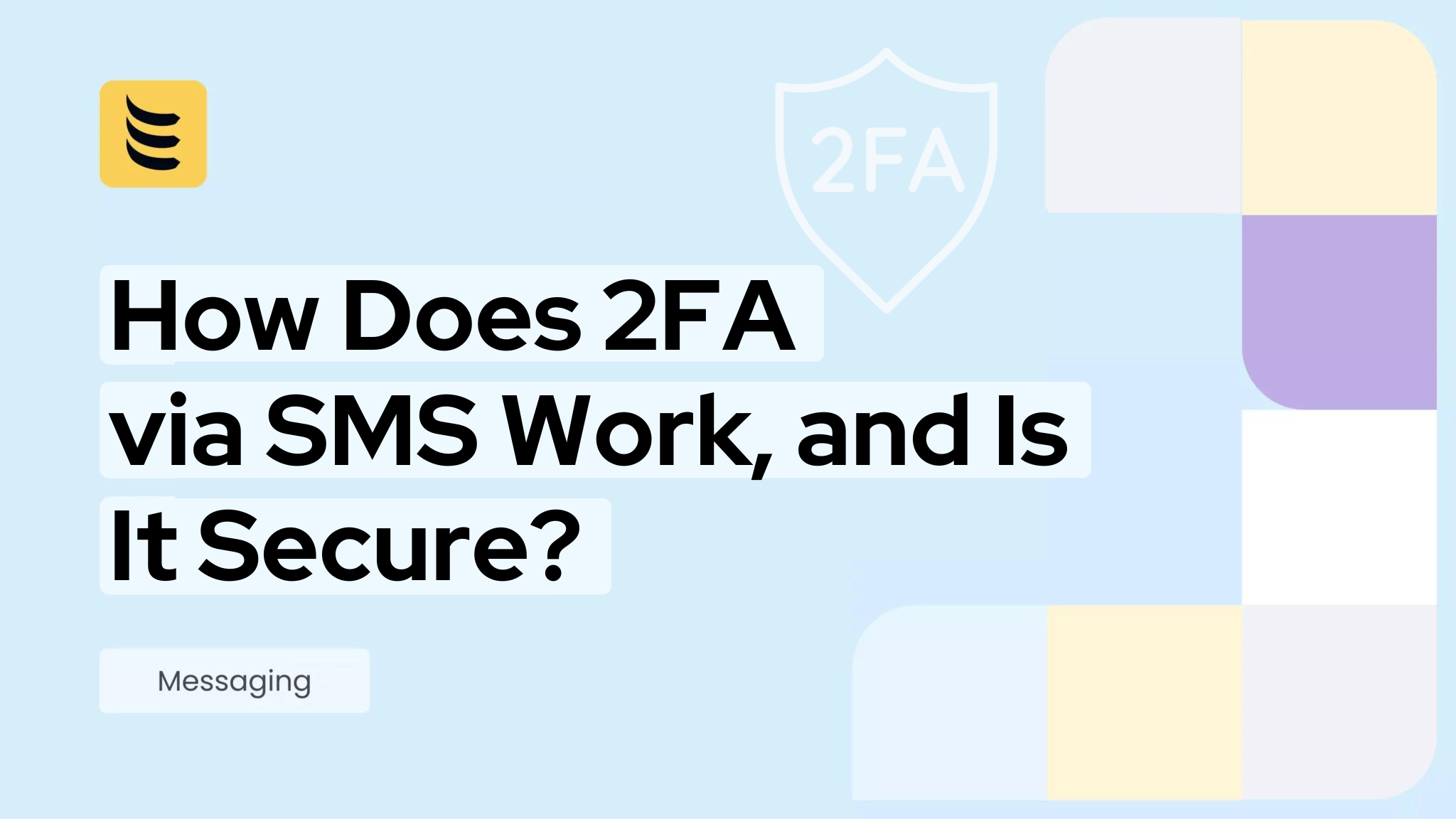SMS marketing has emerged as a powerful tool for businesses to connect with their audience. However, the effectiveness of this communication method can be hindered if messages are marked as spam. Understanding how to navigate the complexities of SMS compliance is crucial for maintaining a positive relationship with customers and ensuring that messages reach their intended recipients.
Introduction
SMS spam filters are designed to protect end-users from unwanted messages, fraud, and abuse. As mobile devices become an integral part of daily life, the importance of safeguarding users from spam cannot be overstated. These filters help ensure that only relevant and requested communications reach consumers, enhancing their overall experience.
Why SMS spam filters exist: to protect end-users from fraud and abuse.
Spam filters serve a vital role in the digital landscape, acting as a barrier against malicious content and unwanted solicitations. They are essential for maintaining trust in SMS communications, as users are more likely to engage with brands that respect their privacy and preferences. By understanding the reasons behind these filters, businesses can better align their messaging strategies to avoid being flagged as spam.
Moreover, the evolution of SMS spam filters has been influenced by the increasing sophistication of spam tactics employed by fraudsters. These malicious actors often exploit loopholes in communication systems, sending out large volumes of unsolicited messages that can lead to financial scams or phishing attempts. As a result, spam filters are continuously updated with advanced algorithms and machine learning techniques to identify and block such threats effectively. This ongoing development not only protects consumers but also fosters a safer digital environment where legitimate businesses can thrive without the fear of being overshadowed by spam.
In addition to protecting users, SMS spam filters also play a crucial role in maintaining the integrity of mobile networks. By filtering out spam messages, these systems help reduce network congestion, ensuring that legitimate communications are delivered promptly. This is particularly important in emergency situations where timely information can be critical. Furthermore, as regulatory bodies impose stricter guidelines on SMS marketing practices, businesses that adhere to these standards and utilize effective spam filters can enhance their reputation and build stronger relationships with their customers, ultimately leading to increased loyalty and engagement.
Why SMS Messages Get Marked as Spam
There are several reasons why SMS messages may be marked as spam. Understanding these factors can help businesses refine their messaging strategies and avoid common pitfalls. Below are some of the most prevalent reasons that contribute to SMS messages being flagged.

Common spam triggers
One of the primary reasons messages are marked as spam is due to the content itself. Certain keywords, phrases, or promotional language can trigger spam filters. For example, messages containing terms like “free,” “winner,” or “urgent” may raise red flags. Additionally, messages that lack personalization or relevance to the recipient can also be seen as spammy. Overly aggressive marketing tactics, such as excessive exclamation points or all-caps text, can further exacerbate the issue, making it crucial for businesses to strike a balance between engaging and informative content.
Moreover, the frequency and timing of messages play a significant role in how they are perceived. Sending too many messages in a short period can overwhelm recipients, leading them to report the messages as spam. Similarly, sending messages at inappropriate times, such as late at night or during holidays, can irritate recipients and prompt negative feedback. Therefore, businesses should consider their audience’s preferences and habits when crafting their SMS campaigns to ensure they remain relevant and welcomed.
Brief explanation of carrier filtering algorithms and third-party spam detection
Mobile carriers employ sophisticated algorithms to assess incoming messages. These algorithms analyze various factors, including message content, sender reputation, and user feedback. Third-party spam detection services further enhance this process by monitoring message patterns and identifying potential spam sources. Understanding how these systems operate can help businesses craft messages that are less likely to be flagged. For instance, maintaining a good sender reputation is essential; this can be achieved by ensuring that recipients have opted in to receive messages and by providing clear opt-out options in every communication.
Additionally, the role of user feedback cannot be overstated. Recipients can report messages as spam, which directly impacts the sender’s reputation and increases the likelihood of future messages being filtered out. This feedback loop emphasizes the importance of engaging with recipients and responding to their preferences. Businesses should actively encourage feedback and make adjustments based on recipient responses to foster a more positive relationship and reduce the chances of being marked as spam.
Tip #1: Always Get Proper Consent (Opt-In)
One of the most critical aspects of SMS marketing is obtaining proper consent from recipients. This means ensuring that individuals have explicitly opted in to receive messages from your brand. Not only is this a best practice, but it is also a legal requirement in many jurisdictions.
Importance of permission-based messaging
Permission-based messaging fosters trust between businesses and consumers. When individuals willingly opt in to receive communications, they are more likely to engage with the content. This approach not only enhances the chances of successful delivery but also reduces the likelihood of messages being reported as spam.
Double opt-in best practices
Implementing a double opt-in process can further solidify consent. This involves sending a confirmation message after the initial opt-in, requiring recipients to verify their interest. This extra step ensures that the contact list is composed of genuinely interested individuals, leading to higher engagement rates and lower spam complaints.
Recordkeeping to prove compliance
Maintaining accurate records of consent is essential for compliance purposes. Businesses should keep detailed logs of when and how individuals opted in, along with any relevant communication. This documentation can serve as proof of compliance in case of disputes or audits, protecting the business from potential legal issues.
Tip #2: Make Opt-Out Easy
Providing an easy opt-out option is not just a best practice; it is also a legal requirement in many regions. Recipients should have the ability to unsubscribe from messages effortlessly. This not only complies with regulations but also demonstrates respect for the recipient’s preferences.
Including clear instructions for opting out, such as replying with “STOP,” can significantly reduce frustration among recipients. By making the process straightforward, businesses can maintain a positive relationship with customers, even if they choose to unsubscribe.
Tip #3: Use a Recognizable Sender ID
Using a recognizable sender ID is crucial for building trust with recipients. When individuals receive messages from an unknown or generic sender, they are more likely to perceive the message as spam.
Choosing a sender ID that reflects your brand name or a familiar identifier can help increase open rates and engagement. This familiarity reassures recipients that the message is legitimate and encourages them to read the content rather than dismiss it as spam.
Tip #4: Watch Your Content and Frequency
The content of your SMS messages plays a significant role in determining whether they are marked as spam. Businesses should focus on delivering valuable, relevant information that resonates with their audience. Avoid using excessive promotional language or making unrealistic claims, as these can trigger spam filters.
In addition to content, monitoring the frequency of messages is essential. Sending too many messages in a short period can overwhelm recipients and lead to complaints. Establishing a consistent but reasonable messaging schedule can help maintain engagement without crossing the line into spam territory.
Tip #5: Comply with Regional & Carrier Regulations
Compliance with regional and carrier regulations is paramount for any SMS marketing strategy. Different countries and carriers have specific rules governing SMS communications, including opt-in requirements, message content, and frequency limits.

Staying informed about these regulations ensures that businesses operate within the legal framework, reducing the risk of penalties or being banned from sending messages. Regularly reviewing compliance guidelines and adapting messaging strategies accordingly can help maintain a positive reputation and avoid spam filters.
Tip #6: Monitor Your Deliverability & Reputation
Monitoring deliverability and sender reputation is essential for successful SMS marketing. Businesses should regularly assess their message delivery rates and track any instances of messages being marked as spam. This data can provide valuable insights into potential issues and areas for improvement.

Additionally, maintaining a positive sender reputation is crucial for ensuring that messages reach their intended recipients. Engaging with recipients, responding to feedback, and addressing complaints promptly can help foster a positive relationship and enhance overall deliverability.
Bonus Tip: Use a Trusted Messaging Platform
Utilizing a trusted messaging platform can significantly enhance SMS marketing efforts. These platforms often come equipped with features designed to optimize deliverability, compliance, and engagement.
By choosing a reputable provider, businesses can benefit from advanced analytics, support for compliance regulations, and tools for managing opt-ins and opt-outs effectively. This can ultimately lead to improved message performance and a reduced likelihood of being marked as spam.
Conclusion
Preventing SMS messages from being marked as spam requires a multifaceted approach that prioritizes compliance, consent, and content quality. By understanding the reasons behind spam filters and implementing best practices, businesses can enhance their messaging strategies and foster positive relationships with their audience.
From obtaining proper consent to monitoring deliverability, each step plays a crucial role in ensuring that messages reach recipients effectively. By following these tips, businesses can navigate the complexities of SMS marketing and maintain a strong, compliant presence in the digital landscape.
Ready to Elevate Your Business Communication?
As you implement these strategies to ensure your SMS messages are compliant and avoid the spam folder, consider taking your business communication to the next level with IDT Express. Our SIP trunking solutions offer the cost savings, flexibility, and advanced features your business needs to thrive in today’s digital landscape. Explore Our Services and let us help you optimize your communication infrastructure with customizable plans and dedicated support. Transform your organization’s communication with IDT Express.



